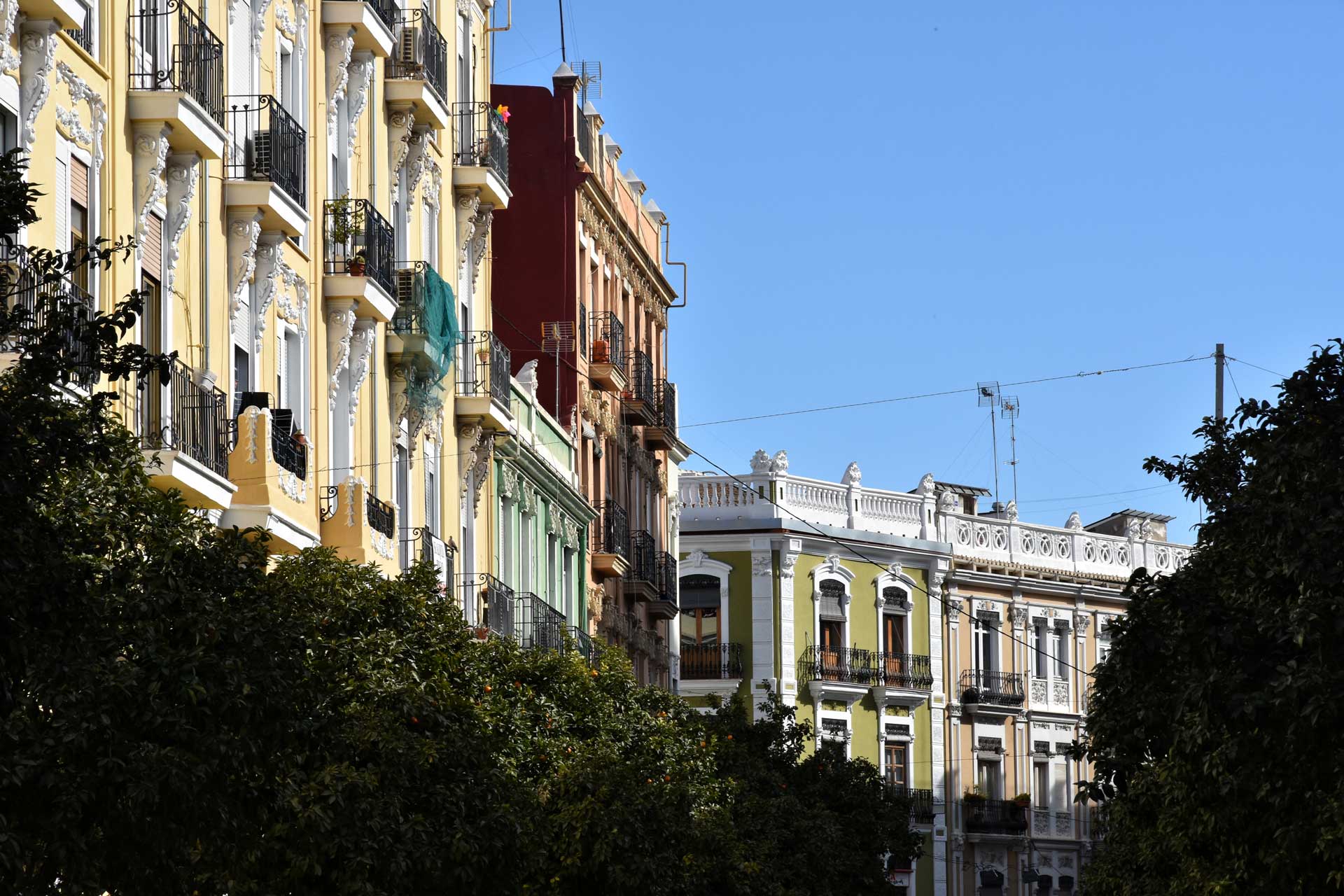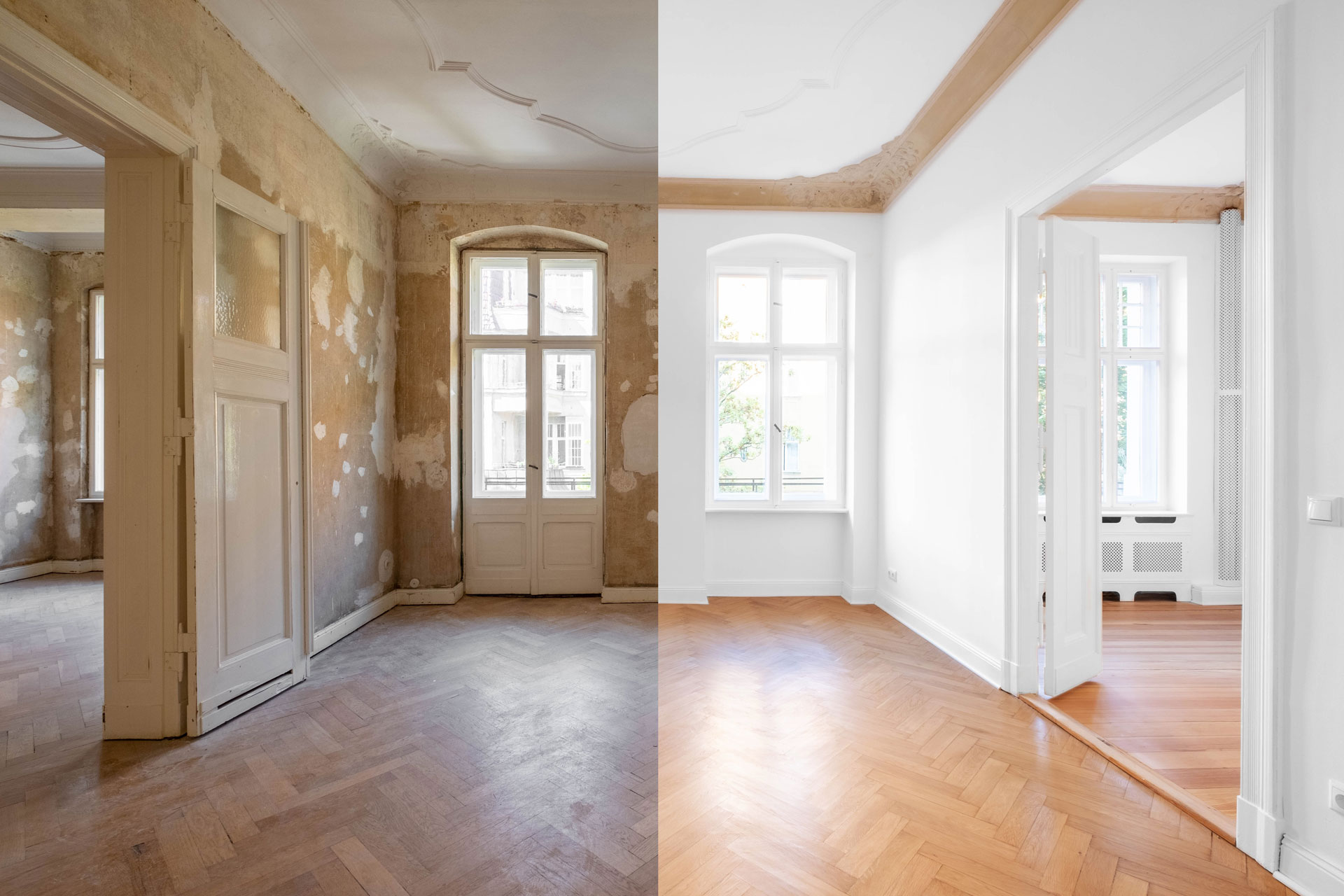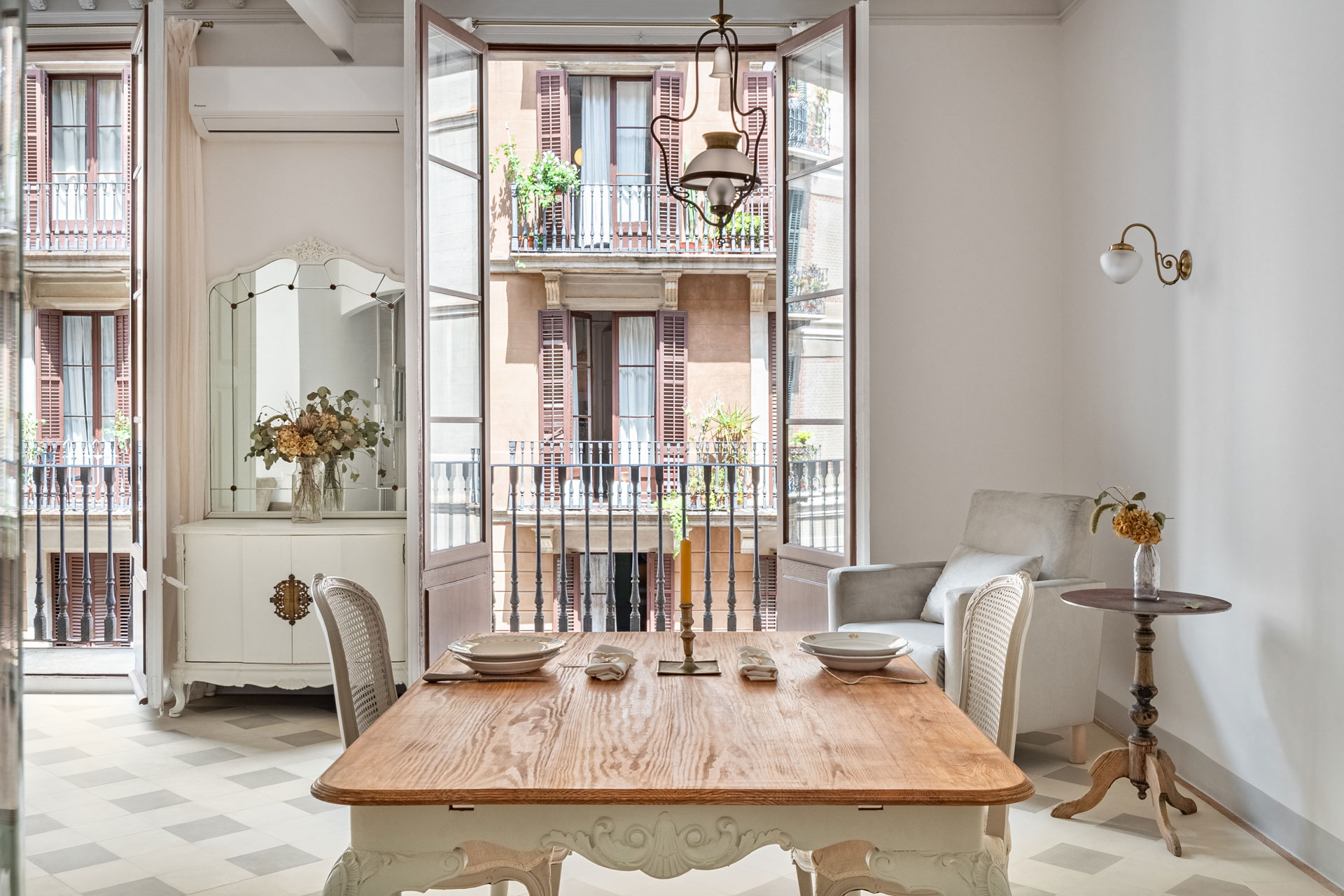If you’re considering living in Eixample Valencia, you’re not alone. This central and elegant district of the city has become one of the most sought-after areas for families, expats, and retirees looking for a balanced life between local tradition and contemporary comfort.
Eixample (Ensanche in Spanish) is more than just a neighborhood—it’s a collection of three well-defined zones, each with its own personality and rhythm: Ruzafa, Pla del Remei, and Gran Vía. Together, they form a vibrant triangle of daily life, where art nouveau façades meet local cafés, and where the Mediterranean way of life is lived with quiet pride.
Let’s walk through them, street by street, to understand what makes each one unique—and whether it might be the right fit for you.
Ruzafa: Creative Energy and Everyday Chaos
Ruzafa (or Russafa, in Valencian) has undergone one of the most visible transformations in Valencia over the past decade. Once a working-class neighborhood, today it buzzes with cultural energy, international voices, and a certain artistic restlessness. Yet, beneath the trendy cafés and designer shops, it has kept a raw, lived-in feeling that still makes it accessible and real.
A Look at the Buildings
Walking around Ruzafa, you’ll see a mix of early 20th-century buildings with ornate balconies, Nolla tile floors, and 3–4 meter ceilings. These homes—often between 70 and 150 m²—are rarely identical and often quirky. Some have been fully renovated with modern kitchens and insulation; others still carry the charm (and challenge) of original fixtures.
Everyday Life in Ruzafa
Life here starts early. The Mercado de Ruzafa, with its mix of traditional butchers, fishmongers, and organic stands, is at the heart of the neighborhood. Locals shop daily, and so will you if you move here. Cafés spill out onto sidewalks from around 9 a.m., and the neighborhood stays lively late into the night.
Streets like Calle Literato Azorín and Calle Cuba are central to its social life. Expect everything from Korean fusion to vegan bakeries, Spanish vermuterías to craft beer taprooms. On weekends, art exhibitions, language exchanges, and pop-up vintage markets take over the public squares.
Who Lives Here?
Ruzafa is popular with young professionals, digital nomads, and international couples—many renting before deciding where to buy. While families do live here, some opt for quieter zones nearby due to the nightlife and dense street life.
Upsides and Challenges
– Pros: Excellent walkability, strong community feel, access to public transport, cultural life.
– Cons: Noise in the evenings, limited parking, rising rental prices, and occasional lack of green space.
Pla del Remei: Elegance and Discretion
A few blocks northwest lies Pla del Remei, often referred to as Valencia’s most elegant quarter. Think high ceilings, marble entryways, and doormen. Yet, despite its luxury, it’s never showy. If Ruzafa is loud and eclectic, Pla del Remei is calm and composed.
Architecture and Atmosphere
The neighborhood is marked by early modernist architecture, especially along streets like Calle Cirilo Amorós or Calle Sorní. Most buildings were designed by prominent local architects in the early 1900s. It’s not uncommon to find apartments here between 130 and 250 m², featuring dual-aspect windows, intricate moldings, and private balconies.
Some buildings still retain their manual iron elevators, a charming throwback to another time. Inside, expect spacious rooms, wide hallways, and large kitchens—elements that suit both families and retirees looking for comfort.
Why People Choose It
Pla del Remei is home to Jorge Juan Street, with its luxury boutiques and independent designers. It’s also steps away from the Mercado de Colón, now transformed into a sleek food and shopping space. Schools, clinics, and offices are all within walking distance.
Despite being in the heart of the city, the area maintains a surprisingly tranquil rhythm. Streets are less crowded, and many buildings are owner-occupied, which helps maintain a stable, safe environment.
Resident Profile
You’ll find a mix of older Valencian families, foreign retirees looking for elegance without flash, and professionals who appreciate calm within walking distance of everything.
Upsides and Challenges
– Cons: High purchase prices and very limited inventory. Renovated flats are rare and go fast.
– Pros: Safety, architectural beauty, walkability, quiet streets, central location.
Gran Vía: Classic Comfort and Family Space
To the south, Gran Vía offers a slightly more residential feel—wide avenues, larger homes, and a reputation for being “just right” for families who want central access without the noise.
A View from the Avenues
The neighborhood takes its name from Gran Vía Marqués del Túria, the broad boulevard running east-west through the district. Here, you’ll find buildings from the 1940s–60s, often featuring larger common areas, courtyards, and garage space—luxuries in the city center.
Apartments here typically range from 100 to 200 m², often with 3 or 4 bedrooms. Interiors vary widely: some are spacious but dated, while others have been smartly renovated to create bright, functional homes with natural light and modern layouts.
Daily Life and Amenities
Gran Vía sits just next to the Turia Gardens, giving families easy access to one of Europe’s largest urban parks. Locals walk or cycle into the city through this green artery daily. On streets like Conde Altea, you’ll find a selection of restaurants, cafés, and artisan shops—quieter than Ruzafa but more dynamic than Pla del Remei.
It’s a neighborhood of routine and rhythm—dog walkers at 8 a.m., school pick-ups at 4 p.m., and dinner tables filling up by 9. For many, it offers a good compromise: proximity to city life, but the feel of a neighborhood.
Upsides and Challenges
– Cons: Fewer trendy bars or shops, some older buildings need renovation, fewer rental listings.
– Pros: Family-sized properties, calmer environment, access to green space, well-connected.
Why People Are Choosing to Live in Eixample Valencia
Each pocket of Eixample—Ruzafa, Pla del Remei, and Gran Vía—offers a distinct lifestyle, but they share certain advantages that make the district especially attractive to foreigners and locals alike.
For Expats, Families, and Retirees
- Expats often start with a rental in Ruzafa and fall in love with the rhythm of daily life, then look to settle in Gran Vía or even buy in Pla del Remei once they’ve decided to stay.
- Families appreciate the schooling options nearby, the proximity to Turia Gardens, and the size of apartments in Gran Vía.
- Retirees are often drawn to Pla del Remei for its elegance and access to services without needing a car.
Whether you’re looking for something vibrant and social, discreet and elegant, or calm and spacious, you’ll likely find your corner of the city here.
Education: Private and International Schools Near Eixample
For many families relocating to Valencia, access to good schools is a key concern—and Eixample doesn’t disappoint. While the district itself is highly urban, it offers easy access to some of the best private and international schools in and around the city.
Close-by Options Within Valencia
Just north of Eixample, you’ll find the British School of Valencia, a well-established private school offering the UK curriculum to students from early years to pre-university levels. It’s located in the neighborhood of Monteolivete, less than 10 minutes away by car or public transport from Gran Vía or Ruzafa.
In the opposite direction, in the Exposición area (15 minutes by bike), Liceo Francés de Valence offers a full French curriculum with a bilingual atmosphere. For families coming from the francophone world, this is often the first stop when exploring Valencia.
Bilingual and Spanish Private Schools
For those preferring a more local immersion while still benefiting from private education, schools like Colegio Cumbres or El Pilar provide a bilingual Spanish-English program with high academic standards, strong values-based education, and excellent facilities. Both are within easy commuting distance from Eixample, and many families living in Pla del Remei or Gran Vía choose them.
Accessibility and Daily Logistics
Living in Eixample makes the school run relatively simple. Most international and private schools offer school bus services, and the district is well connected by bike paths and public transport. Many families find that they can manage school drop-offs without needing a car, which adds to the sense of daily balance and livability in the area.
Why It Matters
When choosing a new home abroad, knowing your children can receive a high-quality education in a familiar or bilingual setting is often a deciding factor. In Eixample, the proximity to respected schools—combined with safe, walkable streets—makes the transition smoother for the whole family.
Ready to Explore Eixample in Person?
At Livin’Valencia, we’ve helped dozens of international clients find their home in Eixample Valencia—from modernist apartments with original tiles to fully renovated family homes. We know the rhythms of each street, the value behind each building’s façade—and the importance of choosing the right school nearby.
If you’re thinking of relocating, buying, or simply understanding the area before deciding, we offer tailored consultations to help you navigate the real estate landscape and explore the best schooling options for your family—private, bilingual, or international.
→ Book a free 15-minute video consultation and let’s talk about what living in Eixample Valencia could mean for you.




